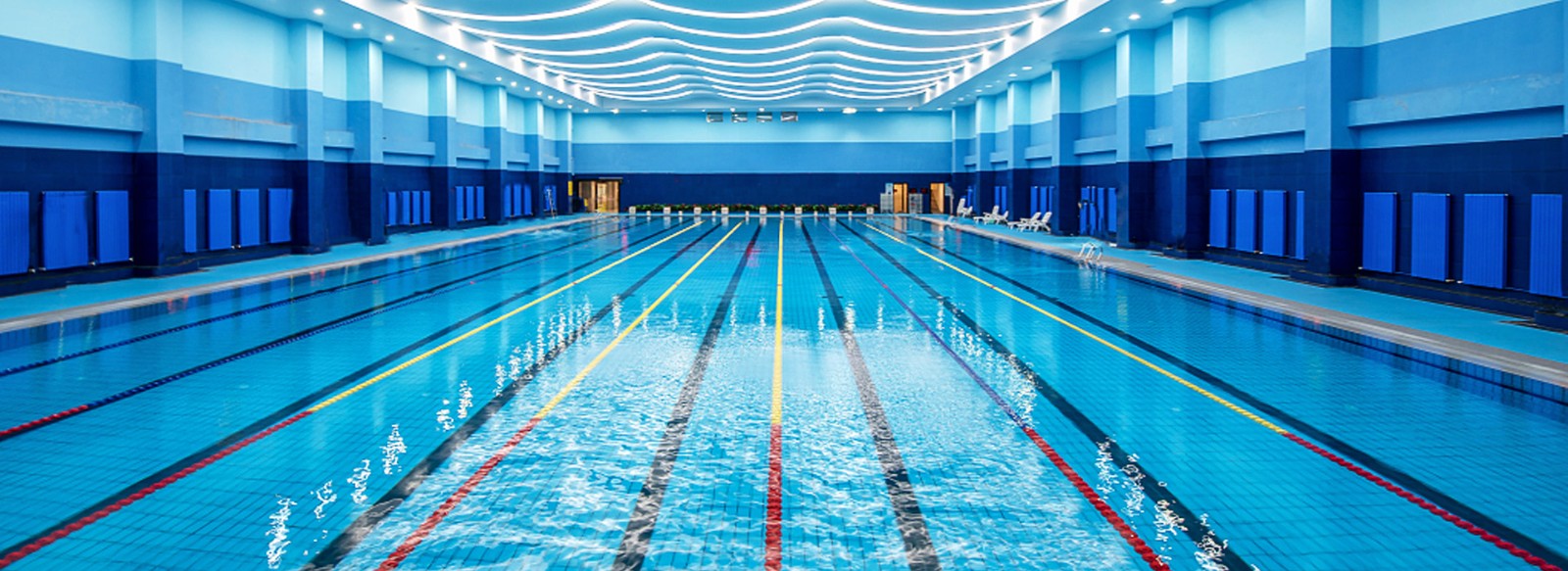What Are the Differences Between TCCA, SDIC and Calcium Hypochlorite?
There are three most popular chlorine products used for water disinfection. They are Trichloroisocyanuric acid(TCCA/Trichlor), Sodium dichloroisocyanurate (SDIC/Dichlor), Calcium Hypochlorite (Cal Hypo). What are the differences between them? In this article. some of the different points are illustrated.
1. Raw material
The raw material to produce TCCA is cyanuric acid, sodium hydroxide( NaOH) and chlorine. The raw material used to produce SDIC is the same as TCCA.
The raw material to produce Calcium Hypochlorite is calcium hydroxide( Ca(OH) 2) Sodium hydroxide(NaOH) and chlorine (Cl2).
2. Organic or Inorganic
TCCA/SDIC: Organic
Calcium Hypochlorite: Inorganic
3. Effective Chlorine
TCCA: 90%
SDIC: 56% or 60%
Calcium Hypochlorite: 65% or 70%
4. Stabalized or Unstablized
TCCA: Stablized
SDIC: Stablized
Cal Hypo: Unstablized
When the UV rays of the sunlight hit the water, chlorine starts to evaporate. It is stated that UV rays can reduce the chlorine up to 90% in 2 hours. So stabilizer called cyanuric acid is needed especially for outdoor pools. TCCA and SDIC have stabilized chlorine with cyanuric acid added in. On the contrary. calcium hypochlorite is unstabilized chlorine. Cyanuric acid can be added separately.
5. PH Value in 1% Solution
TCCA: 2.7-3.3, It is acid, which will affect the PH level.
SDIC: 5.5-7.0, less effect on PH level compared to TCCA,
Calcium Hypochlorite: 10.8, which makes it easier to maintain proper pool water PH level 7.2-7.6.
6. Transportation
TCCA and SDIC belong to 5.1 class dangerous goods. As they are all acid. can be combined into one container for shipment. Cal Hypo also belongs to 5.1 class dangerous goods. But it has to be delivered separately, can't be mixed with any other products.

